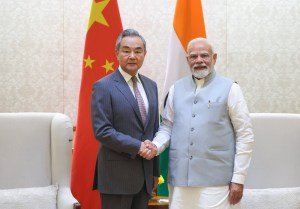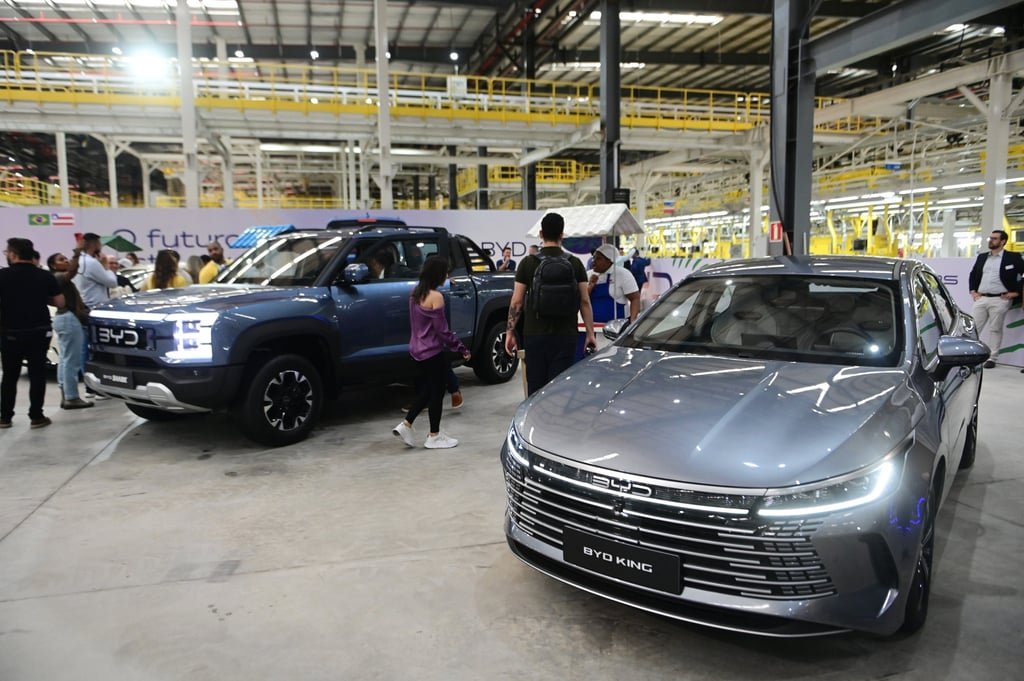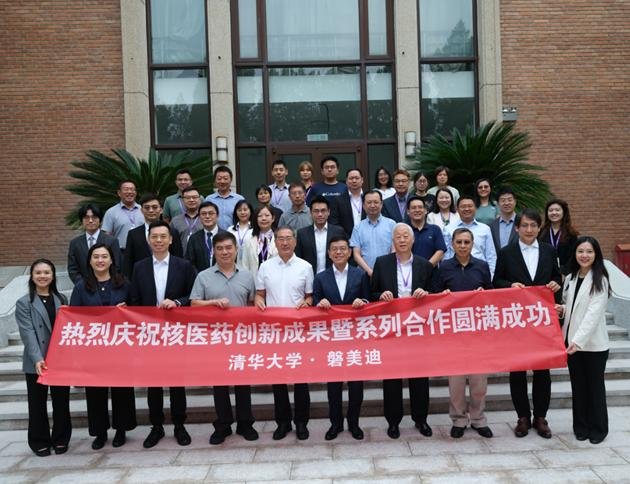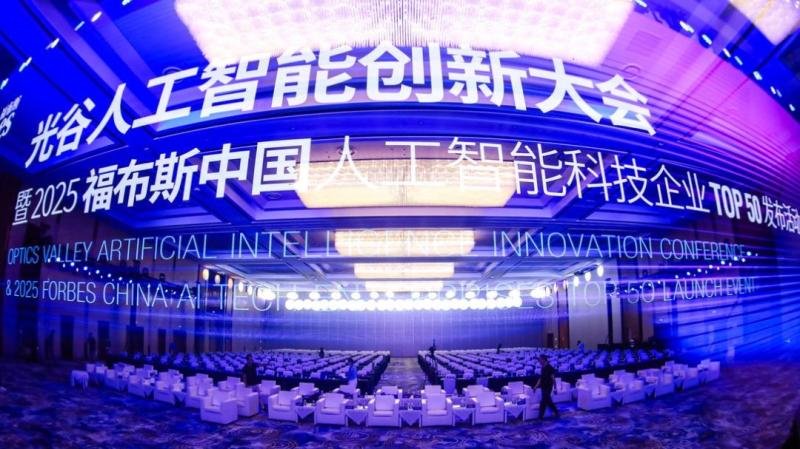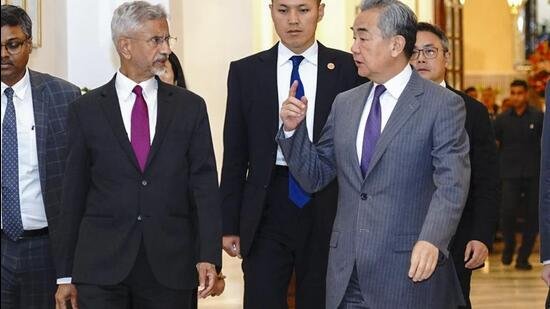BEIJING — They aren’t the most graceful athletes, or the fastest. But they’re learning.
From Friday to Sunday, human handlers from 16 countries put about 500 bipedal robots through various motions to showcase the promise and limits of embodied artificial intelligence at what was billed as the first-ever World Humanoid Robot Games in Beijing.
The robotic participants came in all shapes, sizes and structures and competed in 26 different sports events ranging from running to kickboxing to soccer. The unusual state-backed sports tournament at the National Speed Skating Oval, a Beijing Olympic venue, came as the United States and China race against each other to shape the future of AI.
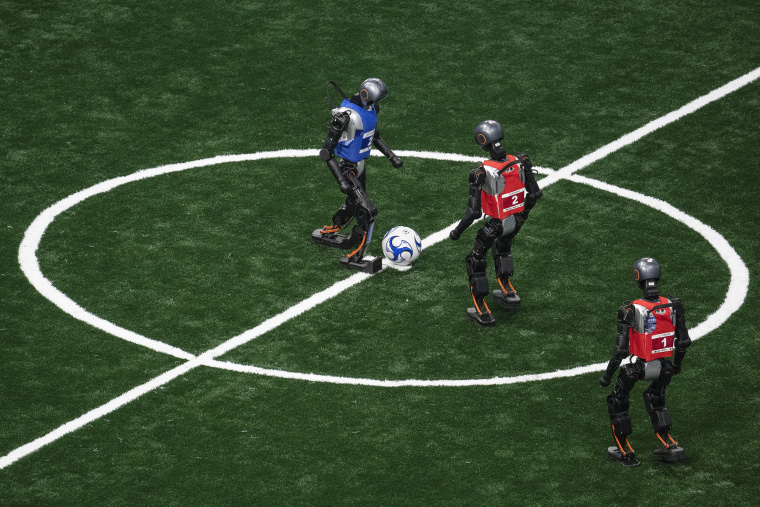
There were no speed records being set, and many of the athletes were prone to fizzling and face plants. Some robots broke down unexpectedly while competing, while others didn’t complete their tasks as planned. One viral video showed a running robot veering off course and accidentally knocking over a person on the track.
But for the robots’ developers, the games were less about winning or losing and more about testing their agility, endurance and battery life, all of which have made great advances in recent years.
Some humanoids were also competing in more practical job skills, such as sorting medicine and hotel concierge duties.
A team from StarBot, a California-based tech company that specializes in developing robots skilled in customer service, said they were “really excited” to be part of the games.
“We thought it was a really good opportunity to come to China and be in an environment where everything is so modern and up to date,” company representative Gregorio Velasco told NBC News.
StarBot’s machines, developed based on the Chinese-made Unitree model, competed in service-related races as they excel at restaurant scenarios such as taking orders and delivering food to tables, he said.
Going forward, Velasco said, “we hope to be in people’s homes and restaurants, hotels, and I think in the future, many people will have robots involved in their life.”
The venue was packed with spectators who laughed, clapped and rooted for the robot athletes as the games kicked off Friday.
During the tai chi event, a group of judges watched carefully as the robot competitors moved gracefully to the rhythm of soft music in the background, jotting down notes and scoring the performances with the seriousness of an Olympic panel.
“For robots, a single movement needs to be repeated many times before they can perform it with stability,” martial arts judge Zhang Jidong told Chinese state newspaper The Beijing News. “Considering the very short preparation time, the robots’ upper-body movements were impressively smooth.”
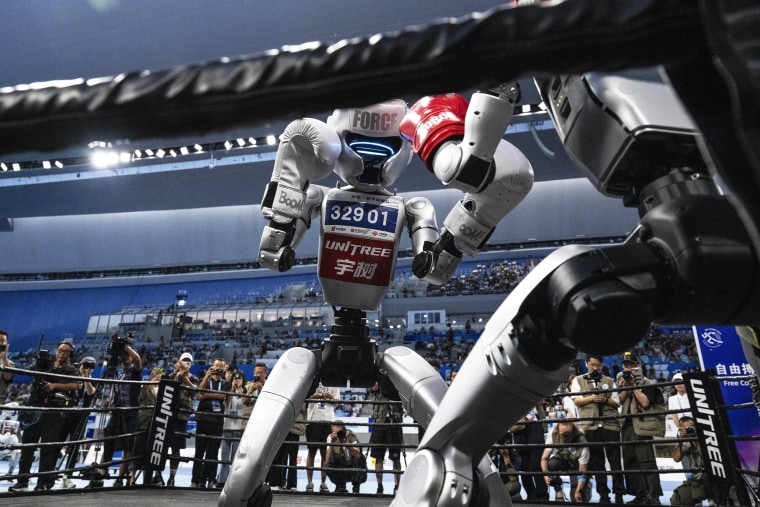
The games did not just showcase how far robotics have come and how humanoids might one day be integrated into daily life. They also revealed how heavily China’s government has been backing the development of these technologies, to close the artificial intelligence gap with the United States.
In July, China announced its global action plan for AI just days after the Trump administration released the U.S. version, which experts note is “no coincidence” as the two countries race to win others over to their respective visions for AI governance. Both countries consider AI a national security issue, and the U.S. has sought to restrict China’s access to the advanced semiconductor chips needed to train AI models.
While the U.S. backs market-driven AI in alignment with liberal norms, China promises to help developing countries with AI as a means to promote state control, according to the Atlantic Council, a think tank based in Washington.
Videos of robots dancing, punching and performing have been all over Chinese social media and state TV as Beijing has deepened its AI investment and promotion. In April, the Chinese government organized a half-marathon in Beijing where robots and human runners raced against each other.
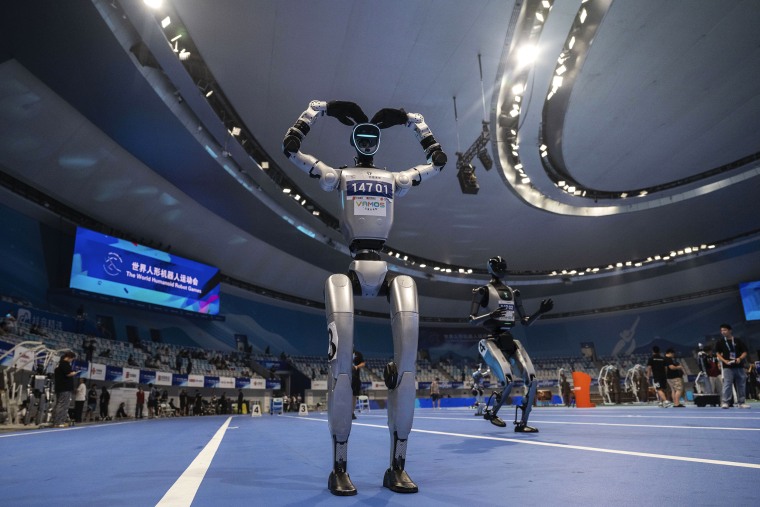
For years, Beijing has been funneling tens of billions of dollars into AI research and state subsidies, just as it did with the electric vehicle industry, drawing accusations of unfair competition from Western critics.
While American robot developers such as Boston Dynamics still dominate high-end research and innovation, Chinese companies, spurred by government policy, are focused on mass-producing affordable robots, according to Information Technology and Innovation Foundation, a think tank based in Washington.
Research published by Morgan Stanley predicts that by 2050, China will have 302.3 million humanoid robots in use, well ahead of the U.S. projection of just 77.7 million.
Although the production disparity between the two countries may grow larger, experts said the U.S. will maintain its advantage in total compute capacity, a metric more likely to be the key in deploying and integrating AI systems at scale.
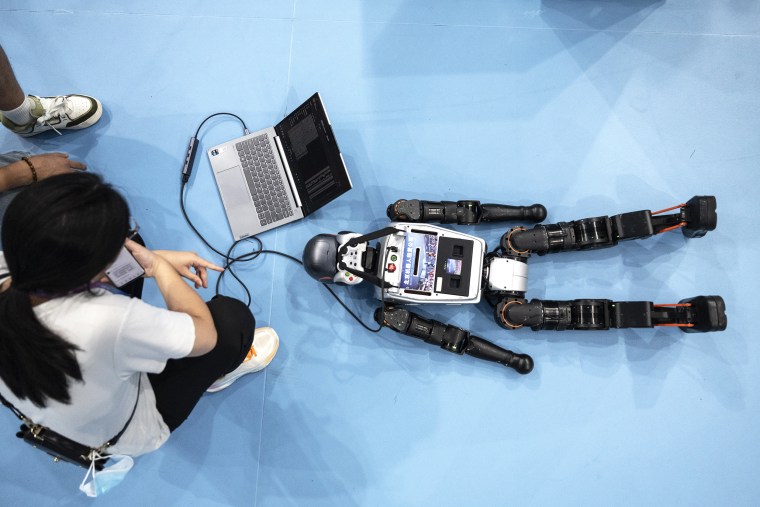
Wang Xiaoyin, a representative from China-based robot developer NexAurora, said robots today still lack a “robust AI brain.”
The “real AI age,” he said, will begin only when robots like the ones competing in Beijing can think and behave independently after training.
While the robots’ performance over the weekend showed that day is still a long way off, the games were part of China’s larger goal: getting ahead in the global race for AI domination, one clunky step at a time.
Janis Mackey Frayer and Dawn Liu reported from Beijing, and Peter Guo reported from Hong Kong.

